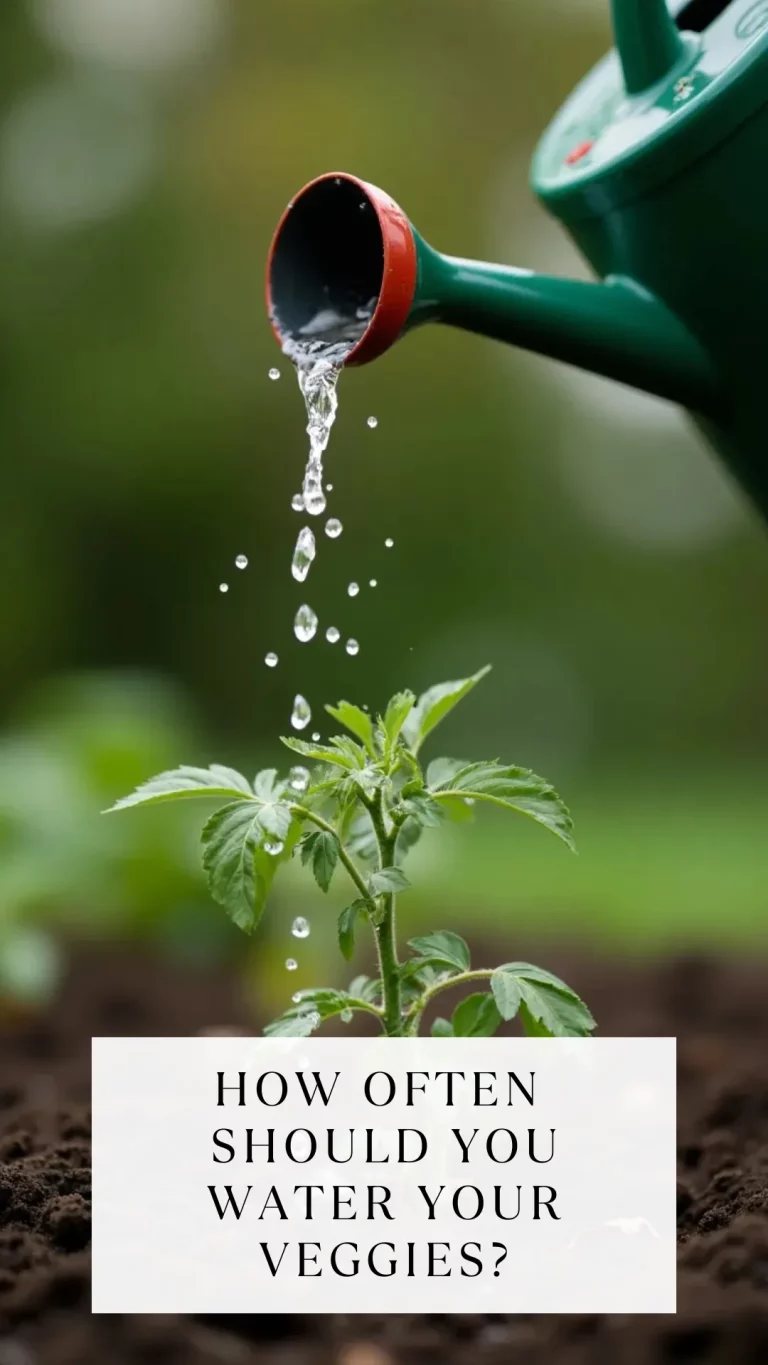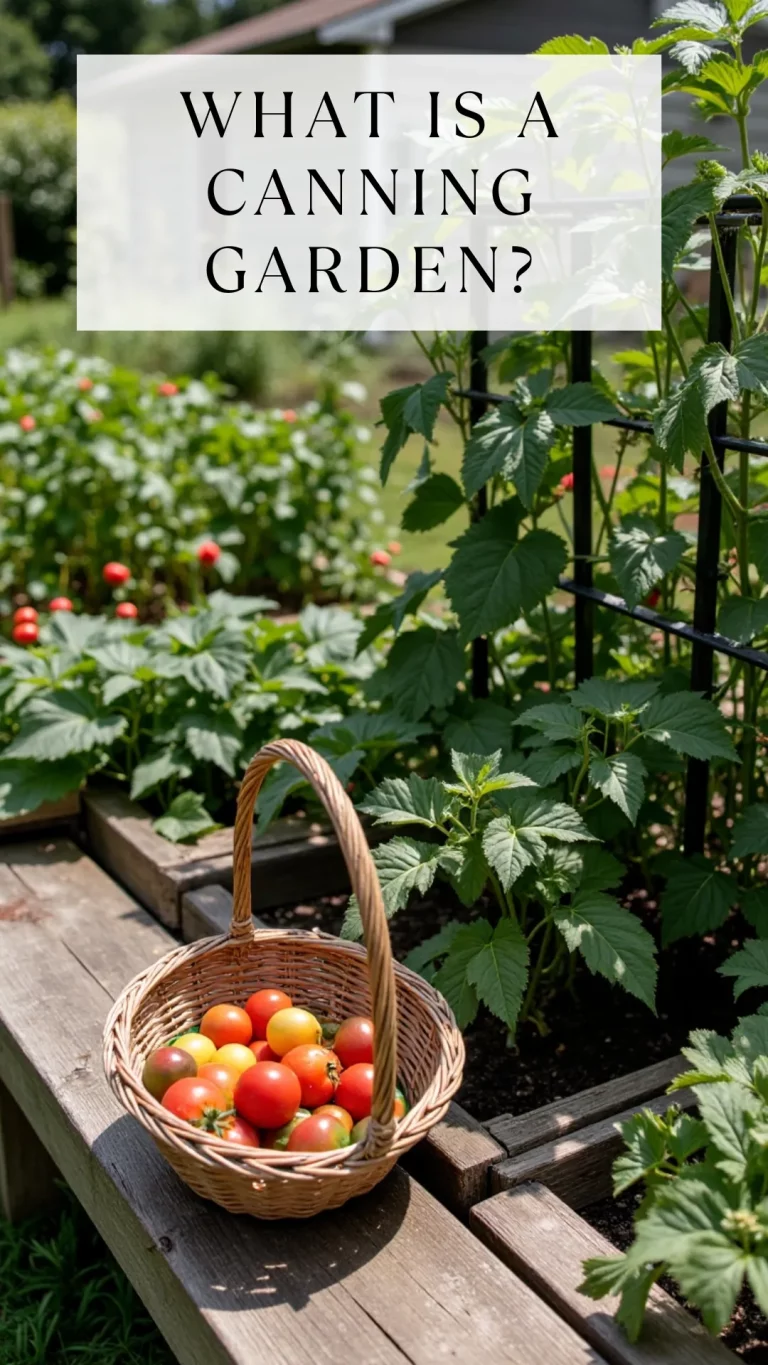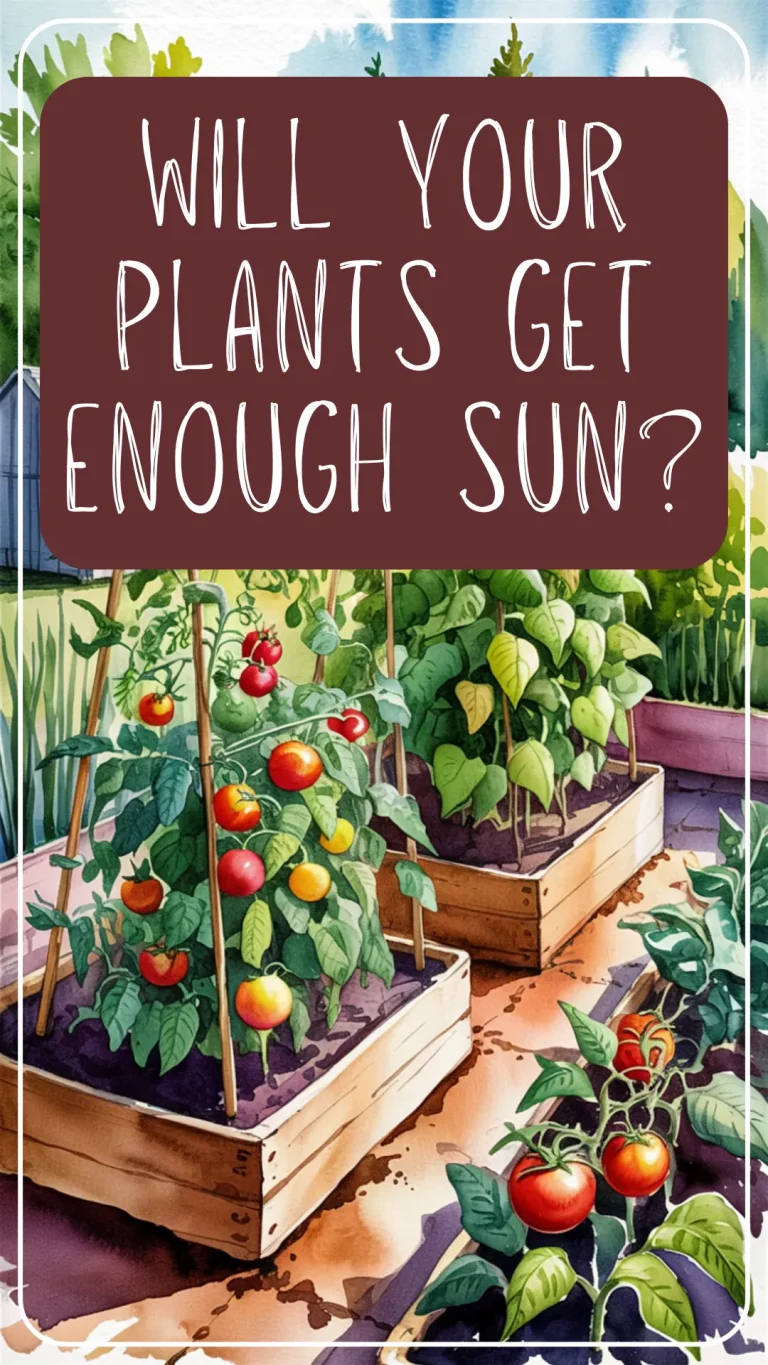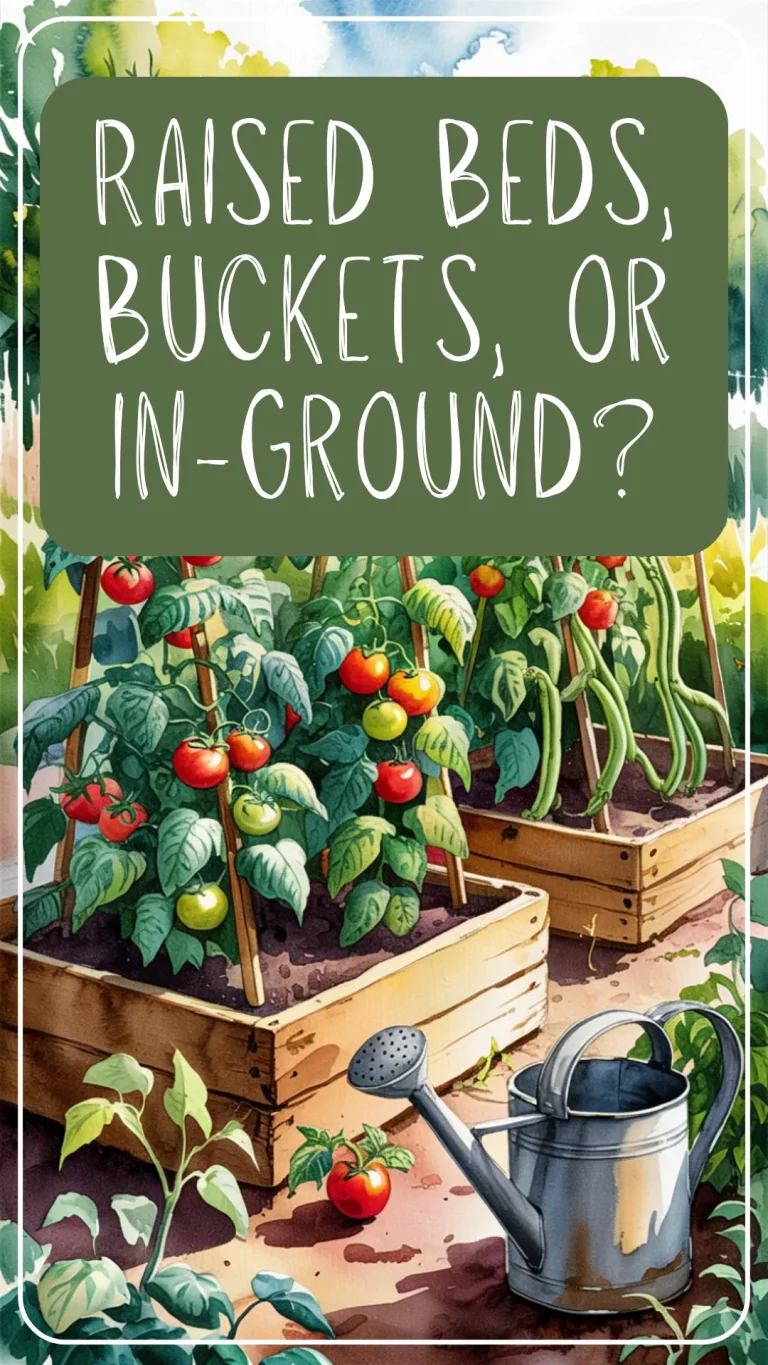Companion Planting for Canners: Which Crops Love Growing Together
You don’t have to memorize a thousand plant combinations to make your garden work better—you just need a few solid matches. Tomatoes love basil (and basil loves them back). Beans and corn are an old-school dream team. Cucumbers grow happily beside dill and nasturtiums. Companion planting helps your veggies grow stronger, keeps the bugs in check, and makes better use of your garden space—which means more jars on your shelf come canning season.
Let’s look at the best plant pairings for canners who want more harvest without more hassle.
Inside this post:
Garden Matchmaking 101
Have you ever felt personally betrayed by a row of tomato plants? Why do the ones next to the basil seem to thrive—but the rest look like they’ve given up?
Short answer? The basil probably helped. Tomatoes and basil are one of those classic garden pairs that just work. And they’re not alone.
Companion planting is basically a low-key matchmaking service for your vegetables. You group certain crops together so they help each other thrive—by attracting pollinators, deterring pests, or just being good neighbors.
No need for spreadsheets or planting charts taped to the fridge (unless that’s your thing). Once you learn a few go-to combos, it starts to feel more like instinct than strategy. And if you’re growing a garden specifically for canning? Even better. The right pairings can boost your yields, save space, and make your harvest a whole lot smoother.
Companion Planting Basics for Busy Gardeners
Let’s be real—if you’re juggling kids, meals, chores, and a garden, you don’t need another complicated system. Good news: companion planting doesn’t have to be one.
At its heart, it’s just growing plants together that help each other out. Some repel pests. Some improve flavor. Some just make better use of the space and light. It’s like seating your garden at the dinner table in a way that keeps the peace.
Here’s what it can do:
- Reduce pest problems (think marigolds keeping aphids off your beans)
- Boost growth and flavor (like basil next to tomatoes)
- Attract pollinators and helpful bugs
- Make the most of your space—especially important when you’re growing for preserving
And what it isn’t:
- A perfect science (sometimes the “rules” vary depending on who you ask)
- Something you have to get 100% right to see benefits
- Another source of stress. If it helps, use it. If it confuses you, keep it simple.
You don’t have to redesign your whole layout. Just start tucking in a few smart pairings, and you’ll be surprised how much easier things get.
Canning-Friendly Companions: Garden Pairs That Just Work
Tomatoes
You grow them for sauce, salsa, soup—they’re the backbone of most canning gardens. And they happen to be a little picky about their neighbors.
Tomatoes grow best with:
- Basil – boosts flavor, repels tomato hornworms and aphids
- Carrots – grow low and don’t compete for space
- Marigolds – repel nematodes and whiteflies
- Onions and chives – help deter pests without hogging nutrients
Avoid planting tomatoes next to:
- Corn – attracts the same pests (looking at you, corn earworms)
- Potatoes – increase the risk of disease like blight
A tomato bed with basil and marigolds tucked in? That’s a dreamy setup—and it looks pretty too.
Green Beans
Whether you’re canning dilly beans or filling your freezer, beans are a must-grow crop—and they’re surprisingly social.
Beans grow well with:
- Corn – part of the classic Three Sisters method; corn gives them something to climb
- Cucumbers – both love the heat and don’t compete
- Strawberries – low to the ground and won’t bother the beans
What to avoid planting near beans:
- Onions and garlic – can stunt bean growth and mess with soil balance
- Fennel – just a bad neighbor in general (we’ll get to that one later)
Pole beans also love vertical space, so pair them with tall crops or trellises where possible. Bush beans are a little more chill and easier to companion plant in tighter spaces.
Cucumbers
Whether you’re making pickles or just trying to keep up with their wild growth, cucumbers appreciate a little company—especially the kind that keeps pests off their leaves.
Cucumbers grow best with:
- Dill – nature’s perfect pickling pair, and it attracts beneficial insects
- Nasturtiums – act like a trap crop, luring aphids and beetles away
- Sunflowers – offer a natural trellis and a bit of shade in hot climates
Avoid planting near:
- Sage or rosemary – strong-scented herbs that can slow cucumber growth
- Potatoes – they hog space and compete for nutrients
Cucumbers love warmth, consistent moisture, and a little elbow room—pair them with supportive (but not pushy) companions.
Peppers
Hot or sweet, peppers do well in canning gardens—but they benefit from a few quiet helpers nearby.
Peppers grow best with:
- Basil – repels aphids and spider mites, plus it’s easy to tuck into corners
- Carrots – low-growing and noncompetitive
- Onions and scallions – help deter pests and don’t crowd the roots
Avoid planting near:
- Fennel – it releases a chemical that can slow down pepper growth
- Kale or other brassicas – they don’t make great neighbors for peppers
Peppers are slow starters, so giving them the right company can help them get the gentle boost they need.
Carrots
Carrots are easygoing, space-efficient, and store beautifully once canned or frozen. They’re not fussy, but they definitely have favorites.
Carrots grow well with:
- Tomatoes – their shade helps keep carrot roots cool
- Leeks and onions – help deter carrot flies and other root pests
- Peas – fix nitrogen into the soil, which carrots appreciate
Avoid planting near:
- Dill – it can stunt carrot growth if planted too close
- Parsnips – they attract similar pests and compete for space
Tuck carrots between taller plants or along the edges of beds where they can mind their own business.
Cabbage Family (Brassicas)
This includes cabbage, broccoli, cauliflower, kale, and Brussels sprouts—great for fermenting, freezing, or canning in soups and blends.
Brassicas grow well with:
- Dill and chamomile – attract beneficial bugs and improve growth
- Beets and celery – don’t compete and help keep weeds down
- Onions and garlic – naturally repel cabbage moths and aphids
Avoid planting near:
- Strawberries – compete for shallow root space
- Tomatoes and peppers – they’re heavy feeders and don’t play well with brassicas
Brassicas do better with companions that keep the pests off while giving them plenty of space to stretch.
Corn
If you’re growing corn for salsa, chowder, or freezing, it can take up a lot of space—but with the right partners, it’s absolutely worth it.
Corn grows well with:
- Beans – they climb the stalks and feed the soil with nitrogen
- Squash – shades the soil, deters weeds, and helps retain moisture
- Sunflowers – attract pollinators and offer wind protection
This is the classic Three Sisters method, used for generations—and it still works beautifully.
Avoid planting near:
- Tomatoes – they attract the same pests (like corn earworms)
- Brassicas – they’ll all fight for nutrients and leave everyone stressed
Corn is a heavy feeder, so pair it with crops that give back or stay low.
Easy Add-Ins That Help Everything
If you’re not sure what to plant where, these are your safest bets. They’re low-maintenance, don’t take up much space, and offer benefits across the board—pest control, pollination, and just plain garden charm.
- Marigolds – deter aphids, beetles, and nematodes. Easy to grow and beautiful.
- Nasturtiums – aphid magnets (in a good way). Use them as trap crops near beans, cucumbers, or squash.
- Basil – improves tomato flavor, repels pests, and attracts pollinators.
- Dill – attracts beneficial insects, especially near cabbage or cucumbers.
- Chives and onions – repel all sorts of bugs without being pushy neighbors.
Tuck these into corners, borders, and even between rows. Your veggies (and your pantry) will thank you.
Layout Tips to Make It Work
Once you know which plants play nicely together, it’s just a matter of putting them in the right spots. You don’t need graph paper (unless you like that sort of thing). A few simple layout tips will help your companions actually work as companions—not just look good on a list.
1. Group buddies in the same bed or row
Tomatoes love basil, so don’t stick them in opposite corners of the garden. Keep helpful pairs close enough to actually support each other.
2. Border your beds with herbs and flowers
Use marigolds, chives, or nasturtiums along the edges. They’ll help deter pests, attract good bugs, and make your garden prettier in the process.
3. Think vertical
Use trellises, cages, or taller plants (like corn or sunflowers) to give climbing crops like beans or cucumbers some height—then use the shady space below for leafy greens or herbs that like cooler roots.
4. Don’t overcrowd
Even the best companions need breathing room. Keep spacing in mind so your plants don’t end up competing for light, water, or airflow.
5. Start small and adjust next year
Try one or two pairings this season and see how they go. The more you experiment, the more confident you’ll get in planning your layout year after year.
Grow Together, Can Together
Companion planting isn’t some secret trick that only master gardeners use—it’s just another way to make your garden work a little harder for you. When you grow crops that support each other, you get stronger plants, fewer pests, and often, bigger harvests. Which, if you’re growing for canning, means more jars filled with the good stuff come fall.
You don’t need to get it perfect. Just start with a few classic combos—tomatoes with basil, beans with corn, cucumbers near dill—and see what happens. The best part? You’ll learn more with every season. And before long, planning out your garden will feel less like guesswork, and more like second nature.
Read Next
Ready to get even more out of your canning garden? These posts will help you fine-tune your layout, deal with bugs naturally, and grow the crops that make the most sense for your pantry:
- How to Stop Pests Eating Your Veggies – Companion planting is a great start, but this guide walks you through all-natural ways to prevent and manage garden bugs without reaching for chemicals.
- How to Choose the Right Spot for Your Garden – Sunlight, soil, and drainage make all the difference when you’re trying to grow strong, pest-resistant plants.
- Grow a Canning Garden You’ll Actually Use – Skip the garden overwhelm and focus on crops that match what your family actually eats and cans.
- How Many Plants Do I Need for Canning? – Find out exactly how much to grow if you want to fill jars without drowning in produce.






